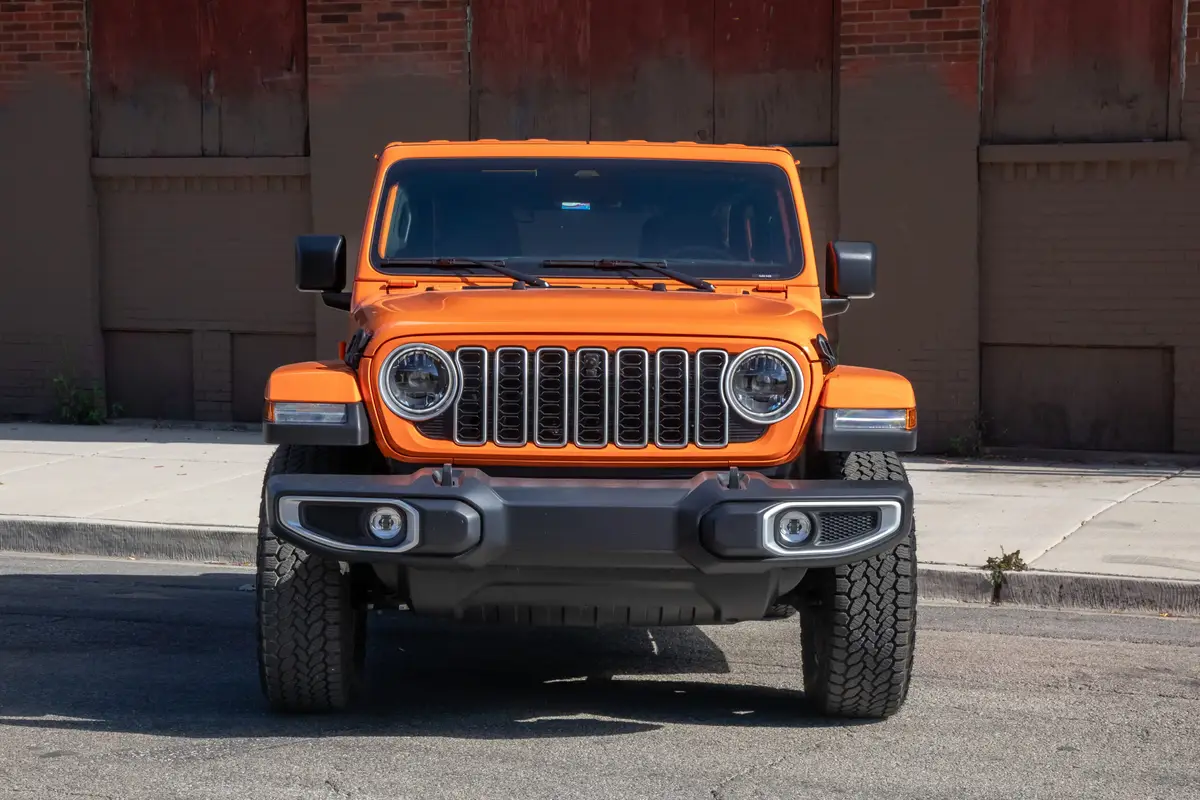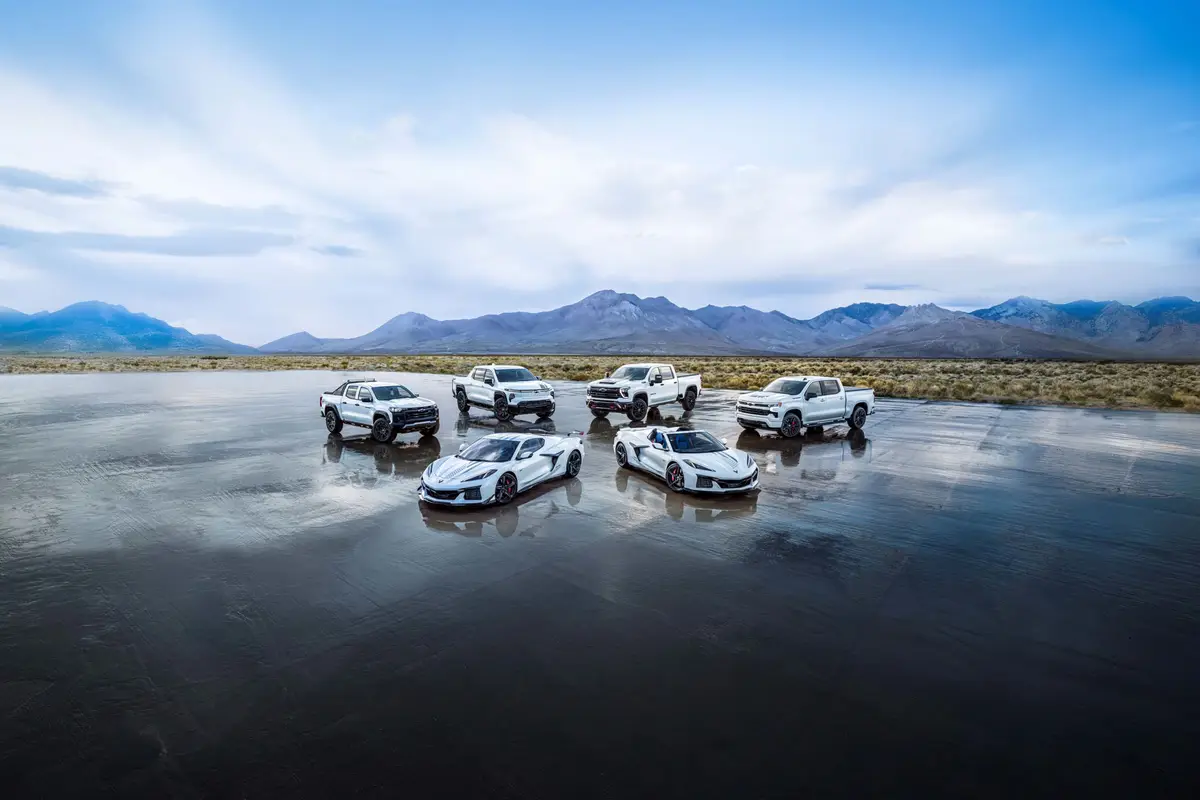washingtonpost.com's view
Too Much of an SUV, Too Late in the Game
It is difficult to wax ecstatic about a vehicle that wanes in enjoyment with each mile behind its wheel. It is no wonder, then, that the muses are on strike in our evaluation of this week’s test model, the 2009 Kia Borrego LX with V-8 engine and four-wheel drive.
It is not that the Borrego is a bad machine. Quite the contrary: In most of its particulars — fit and finish, power and even fuel economy — it is as good as anything else in the category of midsize sport-utility vehicles.
In some instances, such as the Borrego’s clever inclusion of advanced infotainment technology as standard equipment at an exceptionally competitive price, it is better than its rivals.
The problem is something more subtle, beginning with the realization of the Borrego as yet another traditional SUV with traditional body-on-frame truck construction in a world that has decided, or most certainly is in the process of deciding, that it needs fewer such vehicles.
In that context, had Kia introduced the Borrego a decade or so ago, it might’ve been a hit. It could’ve been a contender.
But coming this late to a totally weary market for old-school SUVs, the Borrego is reminiscent of a guest arriving at a party long after most of the guests have gone home. The host, the U.S. auto market in this case, is polite, but dismissive. The latecomer is served a cold shoulder to encourage quick departure. The party isn’t over. But it feels as if it’s turning into a wake.
“They are still making these things?” said my wife, Mary Anne.
I assured her that the great industrial “they” were still cranking out traditional SUVs that rode and handled like trucks, as was the case with the Borrego. But production of those models, burdened last summer by expensive gasoline and now crushed under the weight of frozen consumer credit, has been curtailed, I said.
Mary Anne nodded in the manner of someone remembering that, yes, she’d been told that an acquaintance, a person of less than familial or neighborly connection, had died.
Ria Manglapus, my Washington Post associate for vehicle evaluations, was unimpressed.
“Haven’t we driven this one before?” she asked.
Yes, we had. But it wasn’t an exact copy. Our previous Borrego, driven earlier this year, was a six-cylinder, rear-wheel-drive model versus the eight-cylinder, four-wheel-drive model now in our possession. In short, our first Borrego was a base model. Our EX was a more upscale package situated just below the top-of-the-line Borrego Limited.
“Oh,” said Ria, reluctantly turning over the key to the premium luxury, car-based ML550 in exchange for the key to the Borrego.
The Mercedes-Benz ML class, previously wedded to body-on-frame production, now employs lighter unit-body construction, the type used in automobiles. It is more of a wagon-like crossover utility vehicle. It is considerably more expensive than the Borrego; but it is easier to live with on long drives than traditional truck-based models. That means it rides and handles more like a car, which are characteristics many American consumers now want in SUV models — vehicles that look tough and can carry a load, but that feel like something lighter and more manageable than a traditional SUV.
Kia apparently didn’t get the message. It should include several cases of Pepsi’s trademarked “Throwback” cola in each Borrego it sells, because the Borrego is a throwback, in the most boring manifestation of the concept, if ever there was one.
Latest news



